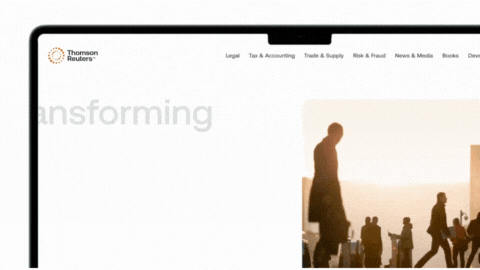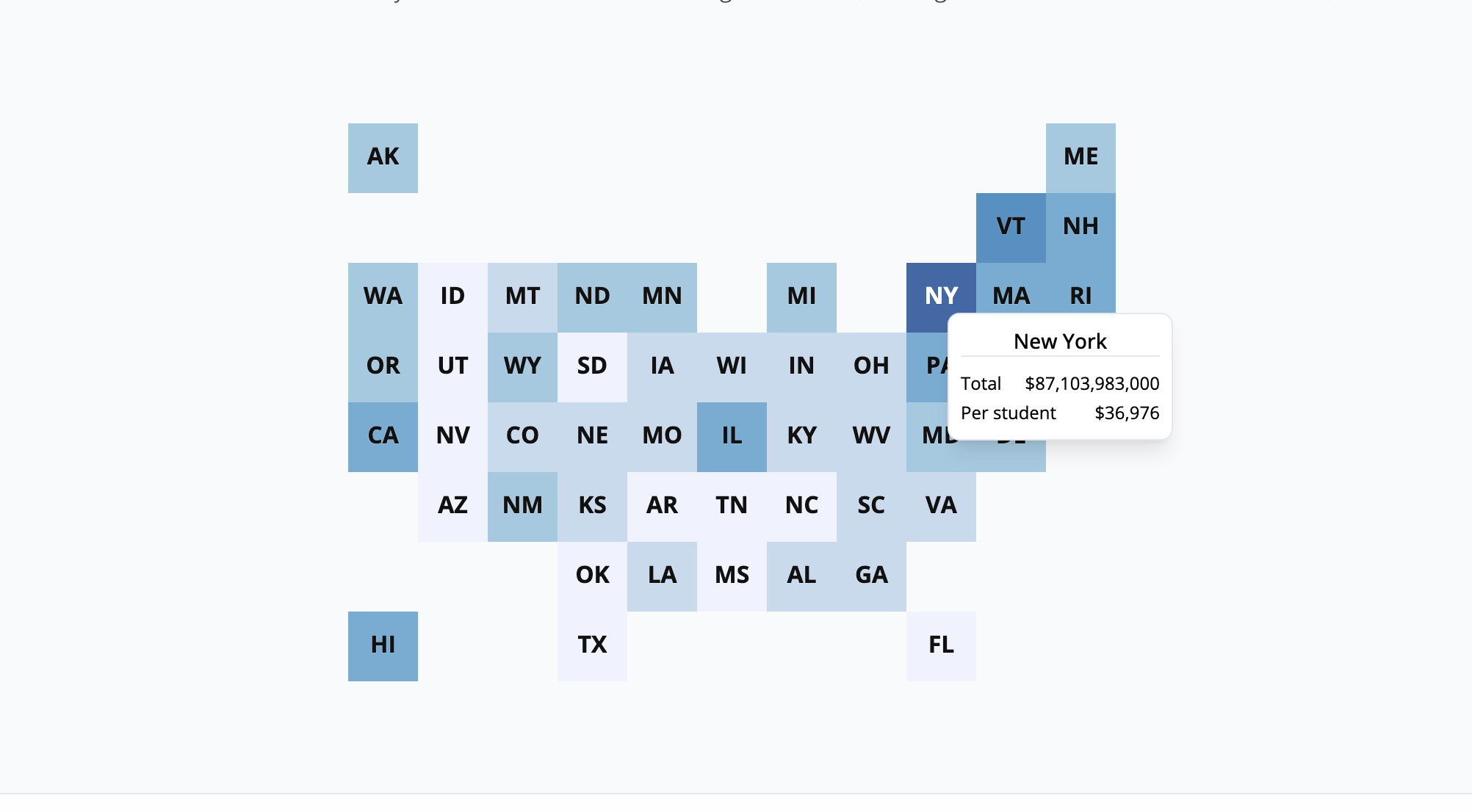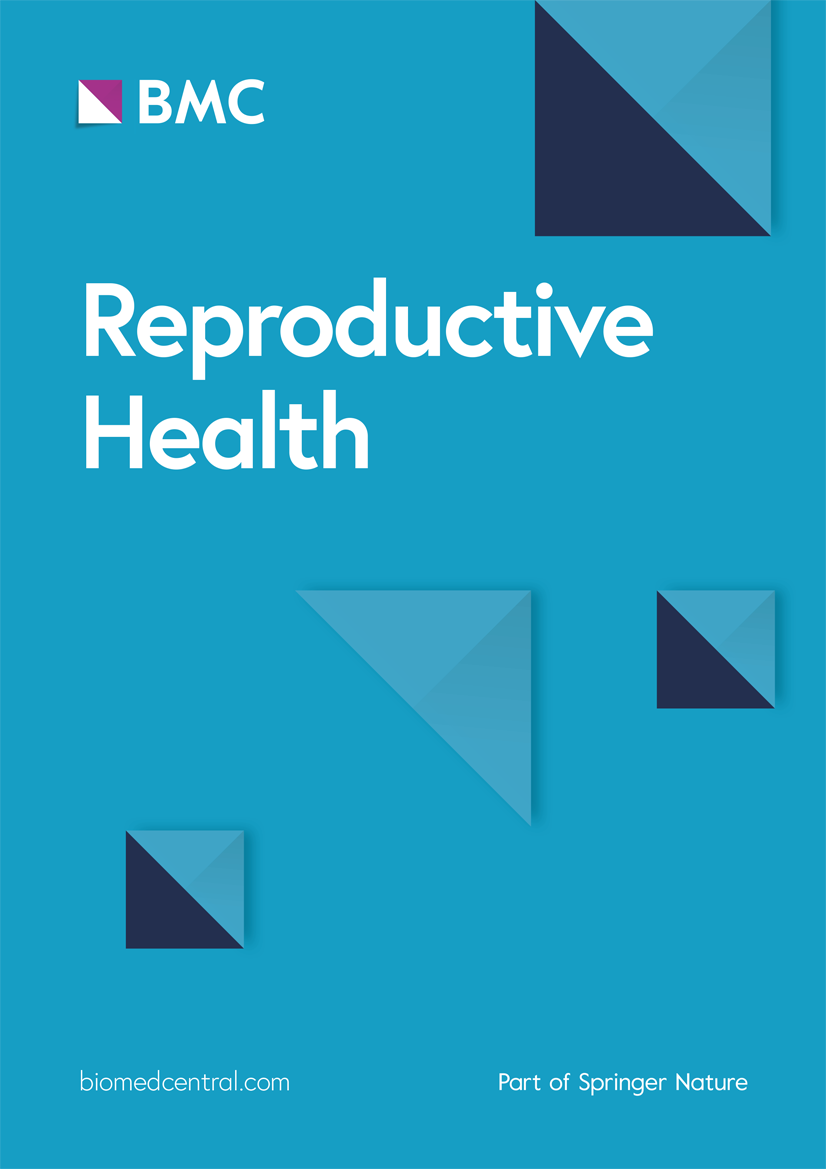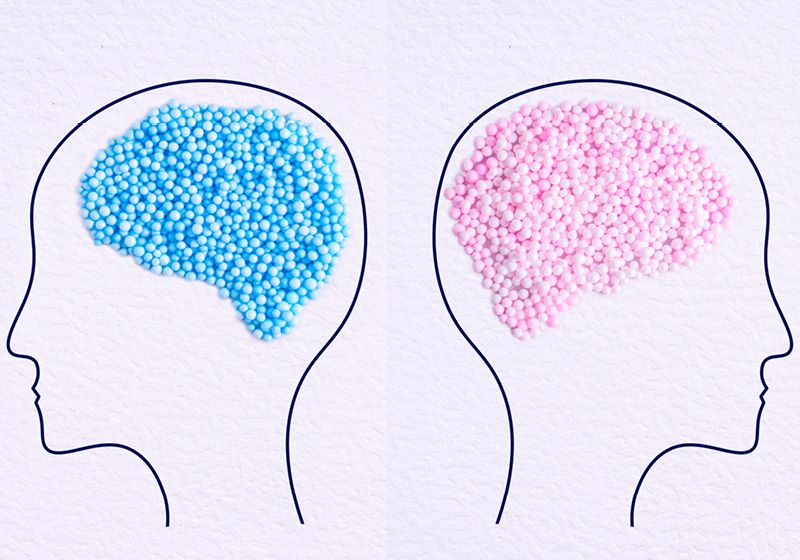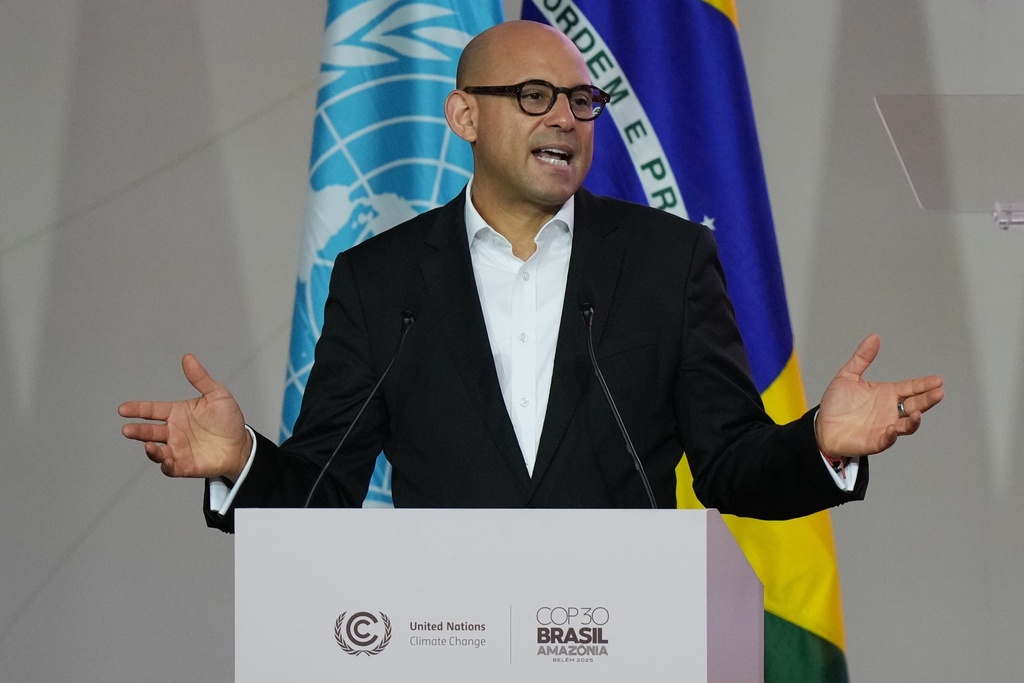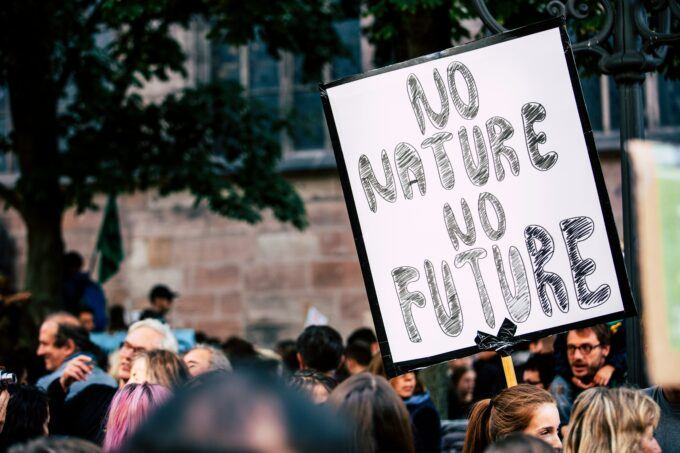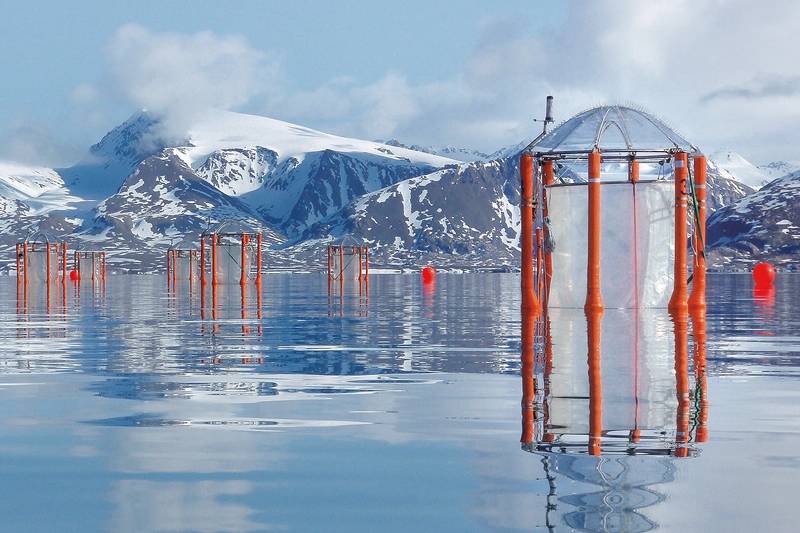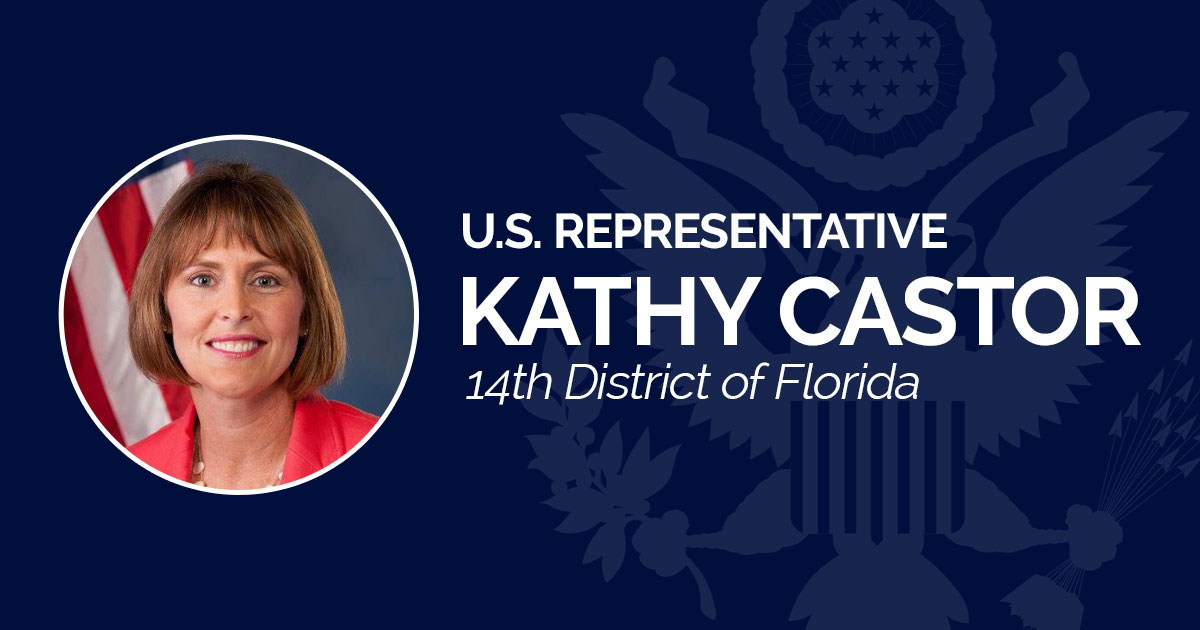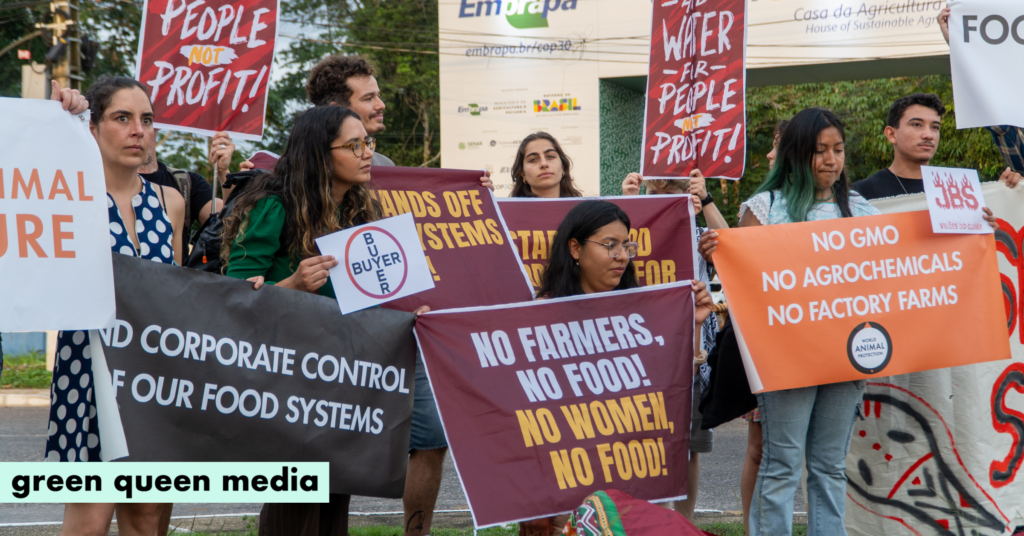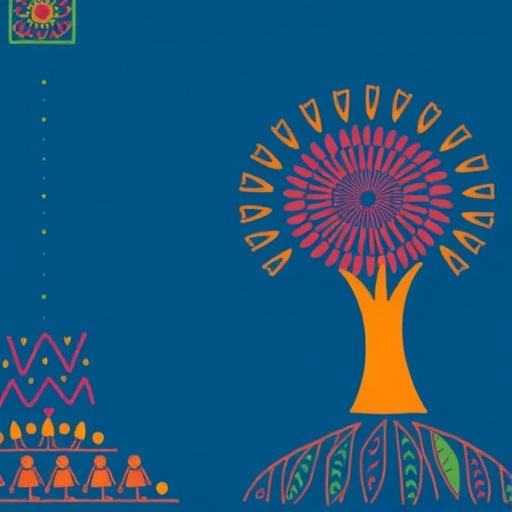Nature and Nurture: How War Weaponizes Gender and the Environment – Opinio Juris

Report on Environmental Damage in Armed Conflict and its Intersection with Sustainable Development Goals
Introduction: The Environment as a Victim of War
The characterization of the environment as a “silent victim of war” highlights a critical gap in conventional understandings of armed conflict. The impacts of warfare extend beyond immediate human casualties to include severe, long-term environmental degradation. This degradation directly undermines the achievement of the United Nations Sustainable Development Goals (SDGs), creating a complex nexus of harm that disproportionately affects vulnerable populations. This report analyzes the legal frameworks governing environmental war crimes, examines the gendered impacts of such crimes, and underscores the necessity of an intersectional approach to accountability that aligns with the 2030 Agenda for Sustainable Development.
Legal Frameworks and the Pursuit of Environmental Justice
Historical Development of International Environmental Law in Conflict
The international community’s efforts to regulate environmental damage during wartime have evolved significantly, reflecting a growing awareness of the environment’s intrinsic value and its importance for human well-being.
- Early Initiatives (1970s): Spurred by events like the use of Agent Orange in Vietnam, foundational legal instruments were established. These include the 1972 Stockholm Declaration, Additional Protocol I to the Geneva Conventions, and the Environmental Modification Convention (ENMOD). These represented initial steps toward embedding principles related to SDG 15 (Life on Land) and SDG 16 (Peace, Justice and Strong Institutions) into international law.
- Period of Stagnation: Enthusiasm for prosecuting environmental crimes waned as the international legal focus shifted to atrocities such as the genocides in Rwanda and Srebrenica in the 1990s. Consequently, a significant accountability gap for wartime environmental harm has persisted.
Renewed Momentum for Accountability
A recent resurgence in legal and political will aims to close this accountability gap, directly supporting the objectives of SDG 16.
- International Criminal Court (ICC) Developments: A proposal to amend the Rome Statute to include ‘ecocide’ as a fifth international crime, alongside the ICC Office of the Prosecutor’s 2024 Draft Policy on Environmental Crimes, signals a renewed commitment to holding individuals accountable for severe environmental destruction.
- National Prosecutions: States are beginning to pursue cases domestically.
- Ukraine: Prosecutors have issued indictments for the war crime of pillage involving the transfer of rare animals and notices of suspicion for ecocide related to the destruction of the Oskil Dam. These actions seek to protect SDG 15 and uphold legal accountability under SDG 16.
- Colombia: The Special Jurisdiction for Peace (JEP) has formally recognized the environment as a victim of the armed conflict and permitted charges for war crimes against the environment, setting a precedent for restorative justice that encompasses natural ecosystems.
The Interconnected Impacts on Sustainable Development
An Intersectional Analysis of Environmental Harm
An ecofeminist and intersectional perspective reveals that environmental destruction in conflict is not separate from human harm but is deeply interconnected, with severe and differentiated consequences that impede progress across multiple SDGs. The weaponization of the environment serves to dispossess, exploit, and destroy communities, with a particularly devastating impact on gender equality and the well-being of marginalized groups.
Case Studies: The Nexus of Conflict, Environment, and Gender
Evidence from various conflict zones illustrates how environmental damage disproportionately undermines key development goals.
- Colombia: The JEP’s investigation into socio-environmental harm found that contamination from oil spills and illegal mining directly impacted community well-being.
- SDG 6 (Clean Water and Sanitation): Contamination of rivers led to health issues, including vaginal infections among women.
- SDG 5 (Gender Equality): The destruction of mangroves disrupted the transmission of transgenerational knowledge among Indigenous women, eroding cultural heritage and social cohesion.
- Ukraine: The full-scale invasion has exacerbated gender inequalities through environmental destruction.
- SDG 2 (Zero Hunger): Destruction of crops and supply chains has led to severe food insecurity, with female-headed households (37.5%) experiencing it at nearly double the rate of male-headed households (20.5%).
- SDG 3 (Good Health and Well-being): Pregnant and breastfeeding women face significant challenges in meeting dietary needs.
- SDG 5 (Gender Equality): The destruction of infrastructure like the Kakhovka Dam has increased the care burden on women and heightened their risk of economic and sexual exploitation.
- Occupied Palestinian Territories: The discharge of untreated wastewater from settlements causes extensive damage.
- SDG 15 (Life on Land) & SDG 14 (Life Below Water): Land, crops, and coastal waters are contaminated, destroying local ecosystems and livelihoods.
- SDG 6 (Clean Water and Sanitation): Lack of clean water disproportionately affects women and girls, impacting menstrual health and posing risks for pregnant women, directly contravening targets for both SDG 5 and SDG 3.
- SDG 16 (Peace, Justice and Strong Institutions): The destruction of land and the inability to conduct traditional activities like olive harvests represent an attack on the Palestinian social and cultural fabric.
Conclusion and Recommendations for an Integrated Approach
Addressing Knowledge Gaps
There is an urgent need for further research and the collection of disaggregated data (by gender, age, ethnicity, etc.) to fully comprehend how environmental crimes are weaponized. Regions such as the Democratic Republic of the Congo (DRC), where conflict over natural resources persists, require in-depth analysis to understand the link between resource exploitation and its differentiated impact on local communities. This evidence is crucial for crafting policies that advance the SDGs in post-conflict settings.
Path Forward for Accountability and Sustainable Development
To ensure that the environment is no longer a silent victim and to advance a holistic vision of justice, the international community must adopt an integrated approach. The following actions are recommended:
- Integrate Intersectional Analysis: All accountability efforts—including investigations, prosecutions, and reparations—must incorporate a gender-responsive and intersectional analysis. This is essential to address the root causes of vulnerability and ensure that justice mechanisms support SDG 5 and SDG 16.
- Strengthen Legal Frameworks: The development of international law, including the potential codification of ‘ecocide’, must explicitly recognize the interconnectedness of environmental and human harm. This will ensure legal frameworks can holistically address violations impacting SDG 2, SDG 3, SDG 5, SDG 6, SDG 14, and SDG 15.
- Resource Data Collection: Member states and international bodies must allocate resources for the systematic collection of data on the differentiated impacts of conflict-related environmental damage. This data is fundamental to designing targeted, effective, and equitable reparations and recovery programs that promote long-term sustainable development.
Analysis of the Article in Relation to Sustainable Development Goals
1. Which SDGs are addressed or connected to the issues highlighted in the article?
The article discusses a range of interconnected issues that are relevant to several Sustainable Development Goals. The analysis identifies the following SDGs as being directly addressed or connected to the content:
- SDG 16: Peace, Justice and Strong Institutions: The core theme of the article is the prosecution of environmental damage as a war crime, focusing on legal accountability, international criminal law, and the role of institutions like the International Criminal Court (ICC) and national courts.
- SDG 5: Gender Equality: The article explicitly details the “nexus between ‘conflict, environment, and gender’,” highlighting how environmental damage disproportionately affects women and girls, reinforcing gender inequalities.
- SDG 15: Life on Land: The article provides numerous examples of damage to terrestrial ecosystems, including forests catching fire, destruction of habitats, soil contamination from military activities, illegal mining, and the pillaging of rare animals.
- SDG 6: Clean Water and Sanitation: The text discusses the pollution of waterways from shelling, oil spills, and untreated wastewater, as well as the deliberate destruction of water infrastructure like the Oskil and Kakhovka dams.
- SDG 2: Zero Hunger: The article links environmental destruction to food insecurity, noting how the destruction of crops and disruption of supply chains have exacerbated hunger, particularly for female-headed households.
- SDG 10: Reduced Inequalities: The analysis points out that the impacts of conflict-related environmental harm are not felt equally, disproportionately affecting marginalized and vulnerable groups such as Indigenous communities, women, older adults, and displaced people.
- SDG 14: Life Below Water: The article mentions that military actions, such as missiles fired from flotillas and wastewater discharge, cause water pollution that “endangers or destroys aquatic life” and contaminates coastal waters.
- SDG 3: Good Health and Well-being: The text connects environmental damage to negative health outcomes, such as women suffering from infections due to contaminated water and the general health risks posed by toxic fumes and pollution.
2. What specific targets under those SDGs can be identified based on the article’s content?
Based on the issues discussed, the following specific SDG targets can be identified:
-
SDG 16: Peace, Justice and Strong Institutions
- Target 16.1: Significantly reduce all forms of violence and related death rates everywhere. The article’s focus on war and armed conflict directly relates to this target.
- Target 16.3: Promote the rule of law at the national and international levels and ensure equal access to justice for all. This is demonstrated by the discussion of using international criminal law (the Rome Statute), national prosecutions in Ukraine and Colombia, and the development of legal policies by the ICC to hold individuals accountable for environmental crimes.
-
SDG 5: Gender Equality
- Target 5.1: End all forms of discrimination against all women and girls everywhere. The article highlights how environmental damage exacerbates existing gender inequalities and disproportionately harms women.
- Target 5.4: Recognize and value unpaid care and domestic work. The article notes the “increased burden on care work for women” following the destruction of the Kakhovka dam.
-
SDG 15: Life on Land
- Target 15.1: By 2020, ensure the conservation, restoration and sustainable use of terrestrial and inland freshwater ecosystems and their services, in particular forests, wetlands, mountains and drylands. The article describes the destruction of forests, ecosystems, and animal habitats due to conflict.
- Target 15.5: Take urgent and significant action to reduce the degradation of natural habitats, halt the loss of biodiversity and, by 2020, protect and prevent the extinction of threatened species. The article mentions habitats being “wiped out” and the indictment for transferring “rare animals” from occupied territory.
- Target 15.7: Take urgent action to end poaching and trafficking of protected species of flora and fauna. This is directly addressed by the example of the indictment issued in Ukraine for the “pillage against an individual suspected of transferring rare animals out of the occupied territory in Kherson.”
-
SDG 6: Clean Water and Sanitation
- Target 6.3: By 2030, improve water quality by reducing pollution, eliminating dumping and minimizing release of hazardous chemicals and materials. The article describes water pollution from shelling, oil spills in Colombia, and the “unlawful discharge of untreated or inadequately treated wastewater” in the Occupied Palestinian Territories.
- Target 6.6: By 2020, protect and restore water-related ecosystems. The destruction of the Oskil and Kakhovka dams and the contamination of rivers and coastal waters are direct attacks on these ecosystems.
-
SDG 2: Zero Hunger
- Target 2.1: By 2030, end hunger and ensure access by all people, in particular the poor and people in vulnerable situations, including infants, to safe, nutritious and sufficient food all year round. The article cites a study where “37.5% of female-headed households experienced moderate to severe food insecurity” and notes the destruction of crops from military activity.
-
SDG 10: Reduced Inequalities
- Target 10.2: By 2030, empower and promote the social, economic and political inclusion of all, irrespective of age, sex, disability, race, ethnicity, origin, religion or economic or other status. The article emphasizes the disproportionate impact on Indigenous communities in Colombia, women, older adults, and ethnic minority groups, showing how environmental damage deepens their exclusion and vulnerability.
-
SDG 14: Life Below Water
- Target 14.1: By 2025, prevent and significantly reduce marine pollution of all kinds, in particular from land-based activities, including marine debris and nutrient pollution. The article mentions pollution from flotillas that “endangers or destroys aquatic life” and wastewater discharge leading to “contaminated beaches and coastal water.”
-
SDG 3: Good Health and Well-being
- Target 3.9: By 2030, substantially reduce the number of deaths and illnesses from hazardous chemicals and air, water and soil pollution and contamination. This is implied through reports of “vaginal infections, fungi, and scratches caused by the oil contamination of the water” in Colombia and the release of “toxic fumes into the air” from burning forests.
3. Are there any indicators mentioned or implied in the article that can be used to measure progress towards the identified targets?
The article provides several explicit and implicit indicators that can be used to measure the extent of the problems and any progress towards the identified targets:
- Legal and Institutional Actions (SDG 16):
- Number of indictments and notices of suspicion issued for environmental war crimes (e.g., the indictment for pillage of animals and notices against Russian commanders in Ukraine).
- Formal recognition of the environment as a victim in legal proceedings (e.g., by the Special Jurisdiction for Peace in Colombia).
- Development and adoption of policies on environmental crimes by international bodies (e.g., the ICC’s Draft Policy on Environmental Crimes).
- Gender-Disaggregated Data (SDG 5 & SDG 2):
- The percentage of female-headed versus male-headed households experiencing food insecurity (The article explicitly states “37.5% of female-headed households experienced moderate to severe food insecurity in comparison to 20.5% for male-headed households” in a Ukrainian study).
- Reports of increased unpaid care burden on women (e.g., following the Kakhovka dam destruction).
- Environmental Degradation Metrics (SDG 15, SDG 6, SDG 14):
- Incidents of destruction of critical water infrastructure (e.g., Oskil and Kakhovka dams).
- Documented cases of water contamination from specific sources (e.g., oil spills, untreated wastewater, conflict debris).
- Documented cases of trafficking in protected species (e.g., the transfer of rare animals from Kherson).
- Area of land/crops destroyed by military activity and chemical pollution.
- Health and Social Impact Metrics (SDG 3 & SDG 10):
- Incidence of specific health problems in affected populations (e.g., reports of vaginal infections among women in Colombia).
- Loss of cultural practices and knowledge transmission among specific groups (e.g., the inability of Eperara Siapidaara women to continue traditions in the mangroves).
4. Table of SDGs, Targets, and Indicators
| SDGs | Targets | Indicators Identified in the Article |
|---|---|---|
| SDG 16: Peace, Justice and Strong Institutions | 16.3: Promote the rule of law and ensure equal access to justice. | – Issuance of indictments for war crimes of pillage and ecocide (Ukraine). – Recognition of the environment as a victim by a court (Colombia’s JEP). – Development of legal frameworks like the ICC’s Draft Policy on Environmental Crimes. |
| SDG 5: Gender Equality | 5.1: End all forms of discrimination against women. 5.4: Recognize and value unpaid care work. |
– Disproportionate food insecurity: 37.5% for female-headed households vs. 20.5% for male-headed households. – Increased care burden on women after infrastructure destruction (Kakhovka dam). – Reports of specific health issues in women (vaginal infections from polluted water). |
| SDG 15: Life on Land | 15.5: Halt biodiversity loss. 15.7: End poaching and trafficking of protected species. |
– Destruction of forests, ecosystems, and animal habitats. – Contamination of soil from mines and ammunition. – Indictment for the illegal transfer of rare animals (pillage). |
| SDG 6: Clean Water and Sanitation | 6.3: Improve water quality by reducing pollution. 6.6: Protect and restore water-related ecosystems. |
– Destruction of the Oskil and Kakhovka dams. – Water pollution from shelling, oil spills, and untreated wastewater. – Contamination of rivers reported by communities in Colombia. |
| SDG 2: Zero Hunger | 2.1: End hunger and ensure access to food. | – Data on moderate to severe food insecurity, disaggregated by gender of household head. – Reports of crop destruction from chemical pollution and military activity. |
| SDG 10: Reduced Inequalities | 10.2: Promote social, economic, and political inclusion of all. | – Disproportionate impacts on Indigenous communities (Eperara Siapidaara in Colombia). – Loss of transgenerational knowledge and cultural practices. – Specific challenges faced by women, older adults, and people with disabilities. |
| SDG 14: Life Below Water | 14.1: Prevent and reduce marine pollution. | – Reports of water pollution from flotillas endangering aquatic life. – Contamination of beaches and coastal water from wastewater discharge. |
| SDG 3: Good Health and Well-being | 3.9: Reduce illnesses from hazardous chemicals and pollution. | – Reports of women suffering from infections, fungi, and scratches due to contaminated water. – Release of toxic fumes from burning forests. |
Source: opiniojuris.org

What is Your Reaction?
 Like
0
Like
0
 Dislike
0
Dislike
0
 Love
0
Love
0
 Funny
0
Funny
0
 Angry
0
Angry
0
 Sad
0
Sad
0
 Wow
0
Wow
0

